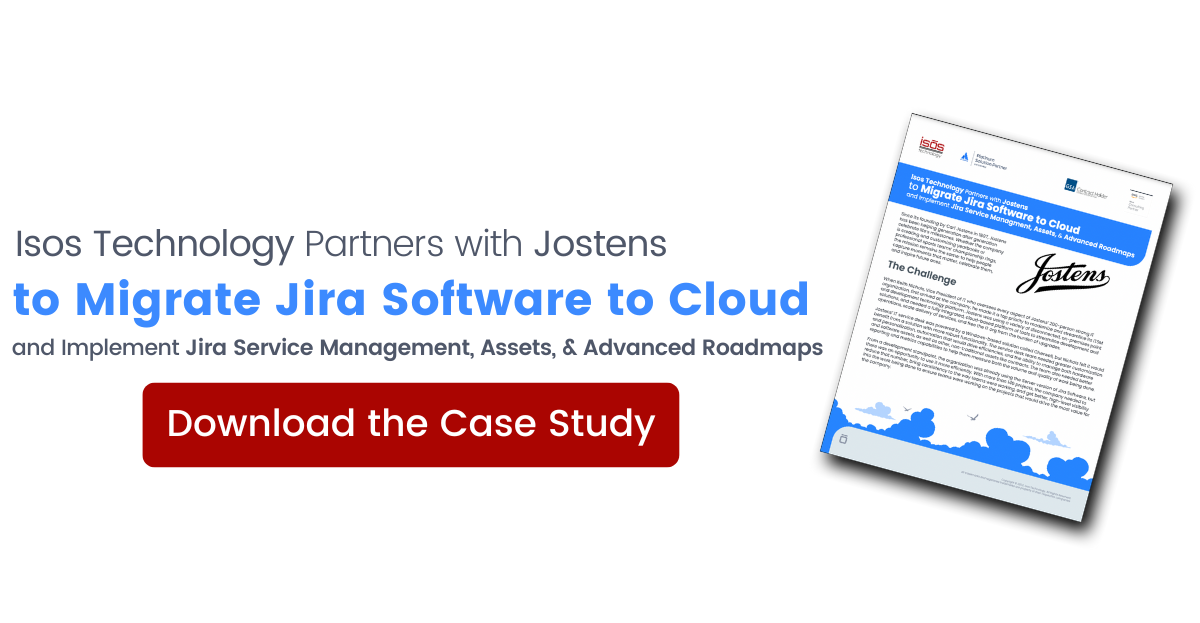 Atlassian announced that its asset and configuration management capabilities in Jira Service Management, originally known as Insight, will be renamed Assets by the end of 2022. When you hear the phrase asset management, you probably think of hardware and software, but Assets can be a powerful tool for so much more.
Atlassian announced that its asset and configuration management capabilities in Jira Service Management, originally known as Insight, will be renamed Assets by the end of 2022. When you hear the phrase asset management, you probably think of hardware and software, but Assets can be a powerful tool for so much more.
Read the FAQ and watch the use case demos below to learn more about Assets and why it’s Atlassian's secret weapon for organizations to get the most out of Jira Service Management (JSM).
FAQ
Q. What is Atlassian Assets?
A. In 2020, Atlassian purchased Mindville, makers of the leading asset and configuration management software, Insight. Since then, Atlassian has continued to augment the software and integrate it closely with its ITSM solution, Jira Service Management. Today, this powerful asset and configuration management functionality is known as Assets.
Q. Which Atlassian products include Assets?
A. Assets is deeply integrated with Jira Service Management (JSM), and is available natively in JSM Cloud Premium and Enterprise plans, as well as JSM Data Center.
Q. What are the differences between the Cloud and Data Center versions of Assets?
A. There are minor differences between Cloud and Data Center as far as Assets is concerned. Data Center has a few more features, including reporting and integration with Jira Dashboards and Confluence pages. For more information, review this full comparison between Assets in Cloud and Assets for Data Center.
Q. What reporting capabilities are available for Assets?
A. The reporting that is currently available for Assets is limited in scope. Custom reporting for JSM, including Assets, is on Atlassian’s Cloud roadmap for ITSM.
Q. Can Forms be used with Assets?
A. As of right now, Assets custom fields are not accessible through Forms. This functionality is on Atlassian’s roadmap for the end of 2022.
Q. Are Assets global or per project?
A. Assets are global, which means objects are accessible through Assets custom fields in any project throughout your Cloud or Data Center instance. You can use custom field contexts to provide different options and experiences in different projects.
Q. What attributes can be associated with Assets objects?
A. Anything can be an attribute! There are different out-of-the-box attribute types, e.g. email address or date. There are also standard text attributes where you can store any type of data, beyond out-of-the-box options.
Q. The number of Atlassian query languages complicates things. Where can I find more information on IQL, AQL, and JQL?
A. Insight Query Language (IQL) is being rebranded as Assets Query Language (AQL), which is a change in name only; functionality remains the same. This language is specific to querying objects. Jira Query Language (JQL) is specific to querying issues. In order to search objects or their attributes within issues, you need to insert AQL in your JQL.
Use Case Video Demos
People: Leverage employee data
Assets can be integrated with your Active Directory software to pull in information at a regularly scheduled cadence. When people are configured as assets, they can have data points associated with them—phone number, email address, department, location, etc. The advantage of this is that when someone submits a ticket, the service desk agent handling the request has all this additional data beyond the person’s name included in the ticket. It’s also possible to build a structure linking employees, managers and supervisors, so when requests for hardware and/or software are submitted, the approval process is dynamically driven based on that organizational structure.
Watch this demo showing how Assets supports the internal onboarding experience for a new employee:
Clients: Provide a unique service portal experience
By configuring clients as assets, clients can have a unique, dynamic, and customized JSM portal experience. Like in the “people as assets” example above, the advantage of this is the ability to associate data points—in this case products used—with each of those clients. This way, when a client comes to the portal, they not only see their company’s name, but the fields they see are auto-populated with values associated with their company, like what products that particular client uses. Those tickets are then routed to the service desk agent and/or account manager assigned to them.
Watch this demo showing how Assets enables a unique client portal experience:
Read this blog post for more information about creating a conditional, dynamic service portal experience for customers.
Products: Create a matrix of features and apps
Assets can be used to enable standards and policies by treating products, features, and apps as Assets objects, and linking them together based on their relationships to one another. That way, when a user requests a change or upgrade to a certain product or service, information pulled from the product schema can drive approval processes, risk calculations, SLA processes, and any other activities or workflows necessary on the backend, based on the objects and attributes selected when the change request was submitted.
Watch this demo showing how Assets enables product standards and policies:
Departments: Enable company-wide audits and reports
By configuring departments (think accounting, human resources, legal, marketing, etc.) as assets within JSM, IT teams can better audit and manage the software and services associated with them, as well as incidents related to that software. From an audit perspective, tickets can be opened for every application that needs to be audited at any given cadence, so the organization can maintain compliance with regulations that affect its industry and/or a given department’s focus.
Watch this demo showing how Assets facilitates policy checks and audits:
Databases: Turn any data you have into assets
We’re seeing a rapid increase in the adoption of JSM by business teams of all types—Accounting, Facilities, Human Resources, Legal, Marketing, and more. Each of these teams has assets and information they manage that is related to tickets, requests, and issues, or independent of them.
All of these teams can benefit from Assets, whether it is providing more context around a ticket, or managing information more efficiently and accurately. A straightforward example of data being imported into Assets might be a finance team bringing in a list of charge numbers formerly kept in an Excel spreadsheet.
Watch the demo showing how Assets drives Atlassian’s own Solution Engineer skills assessments:
Read this blog post to learn more about another cool use case—a major broadcast media company using Assets to support the creation and tracking of TV show promos.
More Resources
Sign up to receive more great content
Learn more about Atlassian and how Isos can help by signing up to receive our latest blogs, eBooks, whitepapers and more.














